Timeliness is related to how quickly information is made available to users of your accounting information, such as investors, regulators, and lenders. The less timely (and, therefore, older information), the less useful the information is for decision-making. Timeliness matters for accounting information because it competes with other information, and, for publicly-traded companies, timely financial information is a requirement for continuing to have publicly-traded equity.
For publicly-traded companies, the basic SEC reporting requirements include three 10-Qs per year and one 10-K. These reports are made at quarterly or annual intervals. However, there are different timeliness expectations for companies with various levels of public float, or the amount of a company’s shares that are available on the market for purchase by the public. Public float often corresponds to how closely held a company is or isn’t – and whether the firm’s financial information is being looked at by large numbers of stakeholders.
10-Q and 10-K Filing Deadlines
Ultimately, any company, private or public, will want to make sure they have the systems, processes and controls in place to deliver timely financials. For example, if you are contractually required to report monthly to a debt holder, the financial reports with any supporting footnotes and or schedules must be prepared, reviewed for accuracy and completeness, and delivered monthly. Whatever the periodicity is that you’re contractually expected to report, you have stakeholders and counterparties that are relying on that information to be reported within that timeframe, and you are relying on your systems, controls and processes to keep your commitments. Streamlining a book-close process to support timely reporting can be a challenge, and improvements in overall operational processes controls can make a big difference.
The cornerstone of any healthy financial reporting endeavor is the thoughtful design and timely execution of a company’s processes and controls, and they can mean the difference between a company being able to keep its commitments and access capital and equity markets, or not.
Sarbanes Oxley regulations cover a wide spectrum of corporate activities. However, if you take a closer look and focus on these three core areas – financial controls, systems and operational controls, and timeliness of contractual or regulatory reporting – you’ll be going a long way to check off as many of the SOX boxes as possible. These areas are of importance to your company, your third-party providers, customers, vendors, regulators, and investors. The systems and processes to meet your reporting requirements from the SEC, your lenders, or other stakeholders who expect timely accounting and audit information are complex and critical parts of running your business efficiently and effectively.
If you’re struggling to make deadlines, or get the systems up and running, there is no reason to let your firm get behind. Eventus provides customized support for public and private companies so they can meet their deadlines and satisfy their controls requirements without the challenge of finding qualified full-time staff to hire and build out an internal team.



